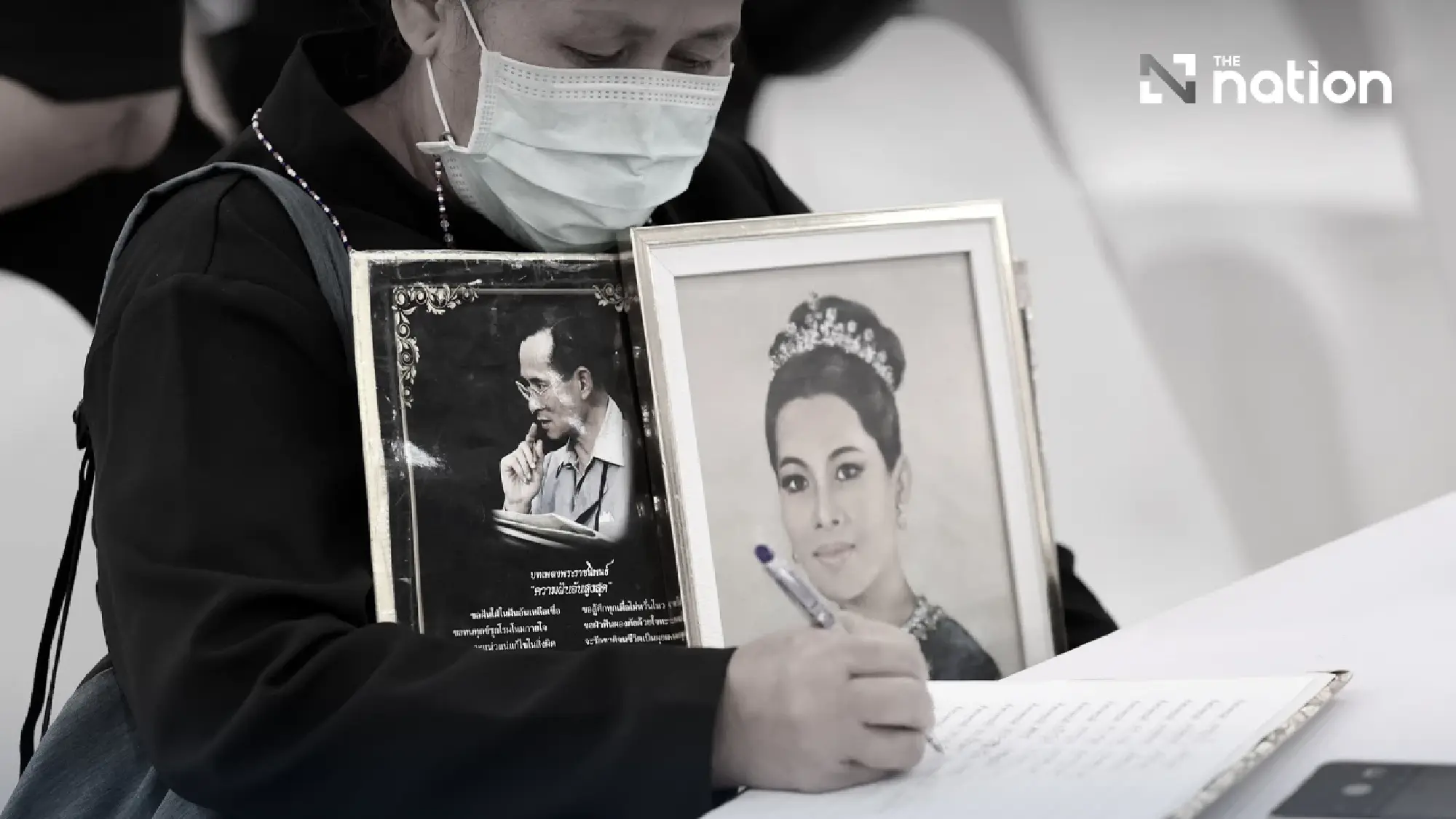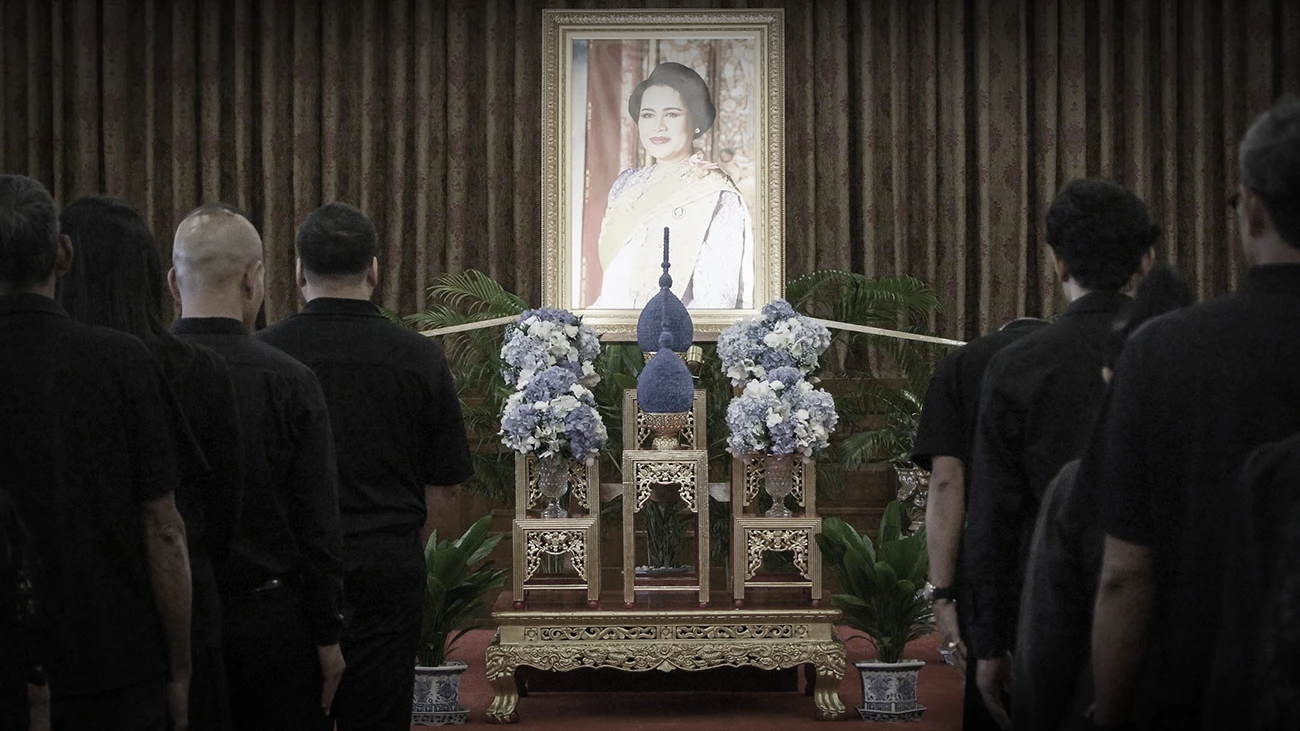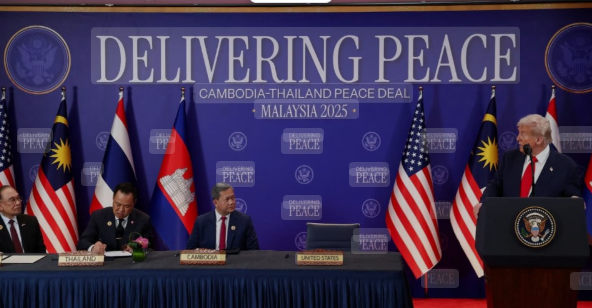This platform is the embodiment of the sixth pillar of health system transformation, namely the pillar of health technology transformation.
The Indonesian Ministry of Health has launched a single platform to integrate all health service application operational systems in Indonesia. The Indonesia Health Services (IHS) application platform is called SatuSehat.
"Broadly speaking, there are programs that integrate data, so this (SatuSehat) is an example," said Budi Gunadi Sadikin after launching the single platform SatuSehat in Jakarta, Tuesday (26/7).
This platform is the embodiment of the sixth pillar of health system transformation, namely the pillar of health technology transformation initiated by the Minister of Health Budi.
This platform is also expected to support the implementation of the other five pillars of health system transformation, such as the transformation of primary services, the transformation of referral services, the transformation of the health resilience system, the transformation of the health financing system and the transformation of health human resources which are currently underway.
“In the digital transformation of health, we have 3 focuses, first, cleaning data, secondly cleaning applications, and thirdly cleaning the innovation ecosystem. In a major data-driven healthcare system transformation, This is what we're launching today. We will unify the format and the exchange protocol," said Health Minister Budi Gunadi Sadikin.
In developing this platform, the Ministry of Health adopted the Platform-as-a-service (PAAS) infrastructure model that connects the entire ecosystem of health industry players to create one reliable national health data.
Later this platform will become a liaison between various application platforms for various health industry players. For this reason, all applications and health service facilities such as vertical hospitals, government hospitals, private hospitals, health centers, posyandu, laboratories, clinics and pharmacies must follow the standards set by the Ministry of Health on the SATUSEHAT platform.
The Minister of Health said that the IHS exchange of national health data would be more efficient and effective. Through this platform, people no longer need to carry physical medical record files if they have to move hospitals.
All patient medical record resumes have been recorded digitally on the SATUSEHAT platform which is integrated with PeduliLindung and can be accessed via mobile phones, anywhere and anytime.
So if a patient is referred to a hospital, they don't have to bother checking again or sending their documents, because all data such as ultrasound, heart records, CT Scans, etc. go to PeduliLindung. Patients who buy drugs at pharmacies or health facilities can also go to PeduliLindungi, "explained the Minister of Health.
Likewise with health workers, with the SATUSEHAT platform, health workers do not need to input data repeatedly in different applications. Just fill in one app, which automatically connects with other health apps.
In addition to being integrated with health service facilities, laboratories and pharmacies, the Ministry of Health plans to integrate SATUSEHAT with BPJS Health.
The integration includes a tuberculosis recording system, a digital recording system for maternal and perinatal mortality data, immunization, a national referral system, maternal and child health, an integrated data management information system for environmental health and disease control.
The data integration process into the SATUSEHAT platform will be carried out through several phases with the target of completing the data included in the medical resume standard to IHS.
The first phase, patient registration data and diagnosis. The second phase is medical procedure data, vital condition data, and diet data. The third phase, integrated drug data with the drug dictionary (KFA). The fourth phase, laboratory observation data and radiological observation data. Then, the fifth phase, allergy data and physical condition data.
"I hope this will continue to grow, not only clinical data and drug data but also genomic data which we will launch next August. Thus, Indonesia will have an advanced health data system that is also integrated with population data," said the Minister of Health.
Furthermore, the Minister of Health hopes that the integration of health data will further strengthen Indonesia's health system which is more sophisticated, efficient and effective.
Expert Staff of the Minister for Health Technology and Chief Digital Transformation Office, Setiaji said that this platform has been tested on 41 government-owned vertical hospitals in the alpha testing phase and a beta phase trial is underway involving 31 institutions from different backgrounds.
Until the end of 2022, the Ministry of Health targets that there will be around 8,000 health care facilities in Indonesia that have been integrated with IHS and all of them are integrated by 2023.
Meanwhile, related to the security aspect. Setiaji said the Ministry of Health had collaborated with the National Cyber Agency. (kemenkes)





